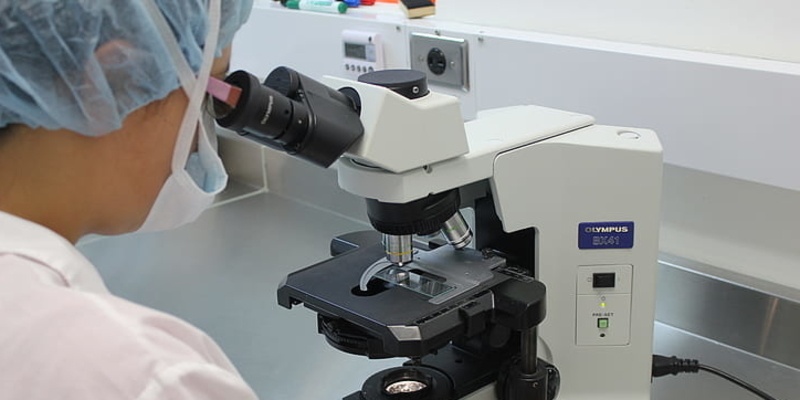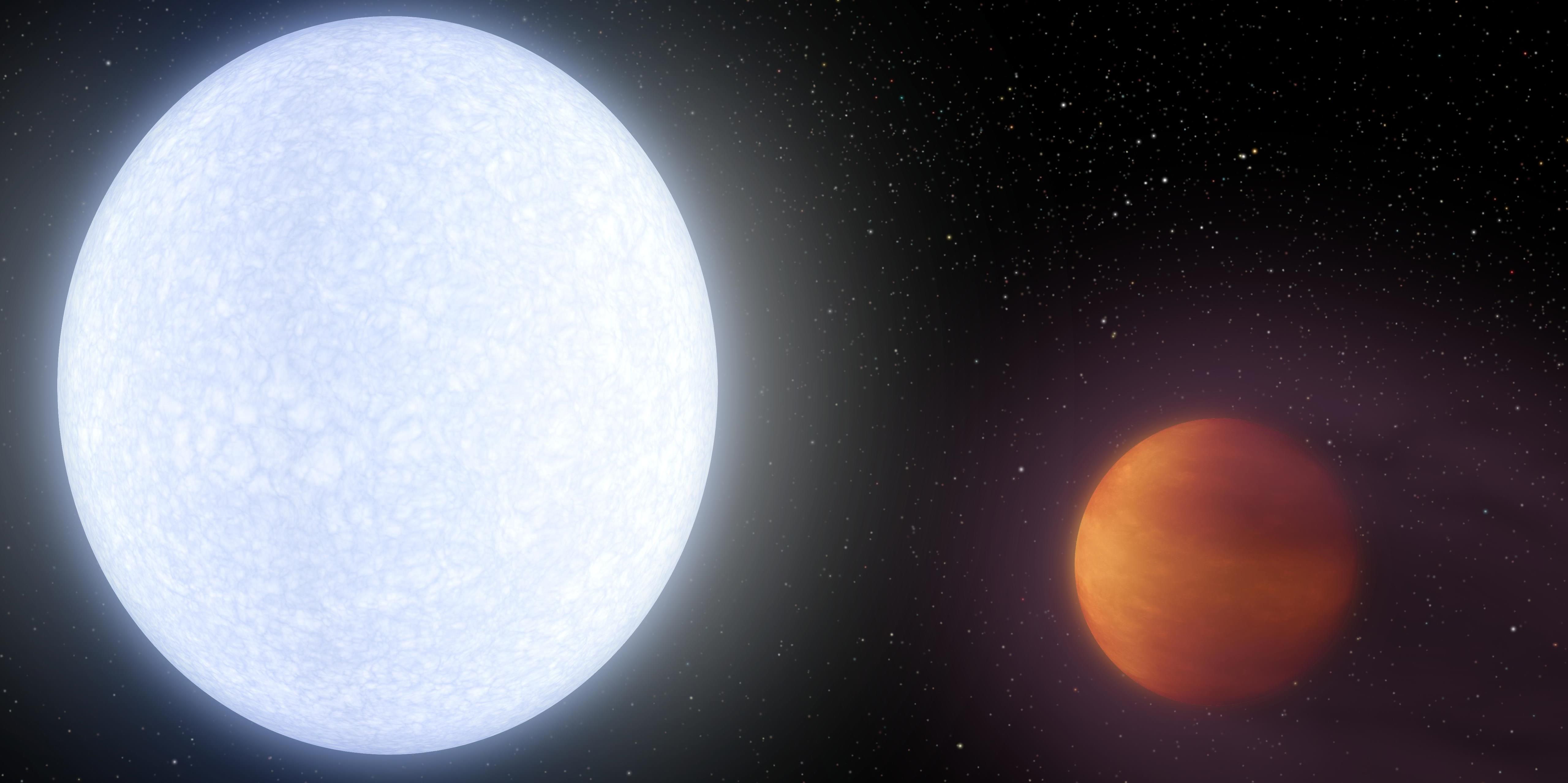Indian Genius Gurtej Sandhu Breaks Thomas Edison’s Record — A New Era of Innovation
Dr. Gurtej Singh Sandhu, an Indian-American scientist born in Amritsar, has surpassed the legendary Thomas Edison’s record of 1,093 patents, holding an extraordinary 1,432 U.S. patents and over 2,200 patents worldwide as of October 2024. His name now stands among the world’s top seven inventors, a remarkable achievement that cements his place in the history of technological innovation. Dr. Sandhu’s inventions have revolutionized how the world stores and processes information. His pioneering work in semiconductor technology, atomic layer deposition (ALD), and chip fabrication has powered everything from smartphones and laptops to cloud computing and artificial intelligence systems.Roots in India A Foundation of Curiosity and LearningBorn in London and raised in Amritsar, Gurtej’s early life was shaped by a love for science and curiosity about how things work. Both his parents were chemists with doctoral degrees, and their passion for research deeply influenced his mindset. Surrounded by books, lab talks, and scientific discussions, Gurtej’s fascination with the microscopic world began early. He completed his B.Sc. and M.Sc. (Honors) in Physics from Guru Nanak Dev University, Amritsar, where his professors remember him as a student with a rare blend of discipline and creativity. Pursuing his dream further, he joined IIT Delhi, earning his M.Tech. in Electrical Engineering in 1985, a degree that became the launchpad for his future in semiconductors.From India to the Global FrontierAfter completing his M.Tech., Sandhu moved to the University of North Carolina at Chapel Hill to pursue a Ph.D. in Physics, which he completed in 1990. That same year, he joined Micron Technology, a global leader in semiconductor manufacturing. At Micron, his early breakthrough came when he developed a titanium coating process for microchips that prevented oxygen contamination, a key step in improving chip reliability and performance. This process became an industry standard and laid the groundwork for his later innovations. Over the decades, Dr. Sandhu has played a crucial role in keeping Moore’s Law alive, the principle that the number of transistors on a chip doubles every two years. His techniques in Atomic Layer Deposition of high-κ films for DRAM, pitch-doubling methods for NAND flash, and CVD Ti/TiN processes have allowed manufacturers to pack more memory into smaller chips without sacrificing speed or energy efficiency.Shaping the Digital AgeToday’s digital revolution, from high-speed smartphones to vast data centers powering artificial intelligence, stands on the shoulders of microelectronic breakthroughs pioneered by scientists like Dr. Sandhu. Every photo stored in the cloud, every video streamed, and every piece of data processed passes through memory technologies that his work has helped refine. His innovations are not just technical achievements; they are enablers of human progress, connecting billions of people through smarter, faster, and more sustainable devices. At Micron Technology, where he now serves as Senior Fellow and Vice President, Dr. Sandhu continues to mentor teams of engineers and researchers, guiding them toward new frontiers of nanoengineering and materials science.Awards, Recognition, and LegacyDr. Gurtej Sandhu’s brilliance has been recognized globally. In 2018, he received the prestigious IEEE Andrew S. Grove Award, honoring his contributions to solid-state devices and materials. His work has also been acknowledged in several scientific journals, industry forums, and innovation rankings. Yet, despite his record-breaking number of patents, Sandhu remains humble. In interviews, he often emphasizes teamwork, perseverance, and the value of mentorship. For him, innovation is not about competition; it’s about contribution. Inspiring the Next GenerationIn an era where technology shapes every aspect of life, Dr. Gurtej Sandhu’s success represents more than a personal win; it symbolizes the global impact of Indian talent. His achievements encourage students, engineers, and innovators across India to think big, innovate boldly, and push scientific boundaries.

(1).jpeg)
.jpg)
(1).jpeg)










